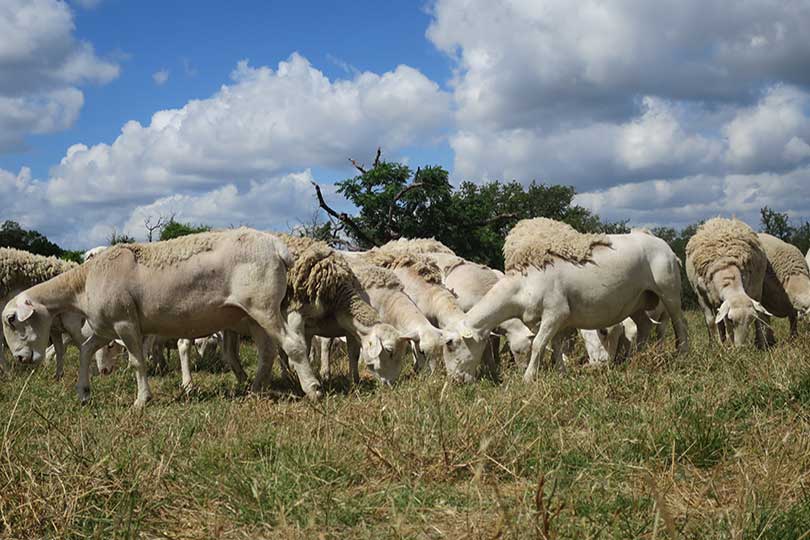For the first time in 13 years, U.S. lamb meat will be exported to Taiwan.
Taiwan imported more than 17 metric tons of lamb and sheep products last year alone. That amount was valued at more than $74 million, according to the U.S. Meat Export Federation (USMEF).
“This is the culmination of many months of work by U.S. government officials, as well as the U.S. meat industry, and we are very excited to resume exporting lamb to Taiwan,” said Dr. Dennis Stiffler, vice chair of USMEF. “Taiwanese consumers enjoy high quality, grain-fed meat, as evidenced by the success U.S. beef and pork have achieved in the market. The U.S. lamb industry is anxious to capitalize on significant opportunities in Taiwan’s restaurant and retail sectors.”
U.S. lamb lost access to Taiwan and several other key markets after the first case of bovine spongiform encephalopathy (BSE) in 2003.
“The market closures were due to concerns related to scrapie, a disease similar to BSE,” USMEF said.
The U.S. will compete with New Zealand and Australia in shipping lamb and sheep meat products to Taiwan.
Although the Taiwanese market is open, Japan and South Korea are still closed. A proceeding is underway to consider restoring access to Japan.
“Prior to closing, Japan was an excellent market for U.S. lamb,” Stiffler said. “We greatly look forward to rebuilding consumer demand for U.S. lamb in Japan and hope that this opportunity presents itself in the near future.”
In 2015, Japan imported 18,144 metric tons of lamb and sheep meat, valued at $133.6 million.
“Reopening these markets has been a top priority for the lamb industry, because lack of access in Asia has been a significant obstacle for U.S. lamb exports,” Stiffler said. “Weakness of the Mexican peso and Canadian dollar has recently reduced exports to our two largest markets. So now more than ever, U.S. lamb needs a broader range of alternative destinations. Our industry has had some recent success in the Middle East, Central America and the Caribbean, but we really need greater access to Asian markets in order to meet our export goals. We see the reopening of Taiwan as a great first step.”

